|
Pokémon GO has captivated a large audience, and not even Chincoteague Bay Field Station is immune. In case you’ve been living under a rock (or a Geodude), Pokémon GO is a virally popular mobile app that lets you catch Pokémon on your smart phone depending on where you are in the real world. Since the app debuted last Thursday, you can often find CBFS educators and interns hanging around the Station’s sign out front, which is the nearest Poké-Stop to campus. And although we’re a little salty that the station wasn’t deemed a gym instead, we still love it. The Pokémon you can catch are regional – Pokémon you’d get out in the marshes near Chincoteague are quite different than the ones you’d find in the more populated area around Ocean City. It just so happens that many Pokémon have real-life counterparts living in the same habitats. While you may not find a Ghastly floating around in real life, here are five Pokémon that bear a striking resemblance to organisms found on the Eastern Shore. Squirtle = Diamondback TerrapinSquirtle is the iconic turtle of the Pokémon franchise, and the diamondback terrapin is the iconic turtle of the Eastern Shore. Both are cute, but can be a bit nasty if you’re not careful. Holding a terrapin may result in scratched hands from its claws. Holding a Squirtle may result in gallons of water being blasted into your face. Tentacruel = Moon JellyBoth Tentacruel and the moon jelly can be found in the waters of the Chincoteague Bay. Moon jellies can get fairly big with a diameter of 10 to 12 inches. Tentacruel grow to be even bigger. Like Tentacruel, the moon jelly has many tentacles that can release toxin to catch prey. Unlike Tentacruel, a moon jelly will not knock over a skyscraper with said tentacle. Pidgeot = OspreyThe osprey was clear inspiration for the Pidgey evolution line, especially the final evolution, Pidgeot. An osprey will use its keen eyesight to catch fish right out of the water mid-flight. Many of Pidgeot’s Pokédex entries also allude to its impeccable vision and ability to snatch prey out of the water. These Pokédex entries also say that Pidgeots can make gusts of wind strong enough to bend tall trees and that they can fly at speeds reaching Mach 2. Osprey can’t do either of those things. Krabby = Ghost CrabWhile Krabby seems to be based on many different types of crabs, it matches the ghost crabthe most out of the crustaceans on the Eastern Shore. Ghost crabs are famous for burying themselves in the sand on beaches. Krabby is famous for having what is arguably the least creative name for a Pokémon. Horsea = Lined SeahorseAs the only type of seahorse we have in the area, the lined seahorse is the closest Eastern Shore equivalent to the Pokémon Horsea. Both creatures use their curled tails to hold on to grasses or other objects to either avoid being washed away by the current. However, the lined seahorse might actually be harder to find than its Pokémon counterpart, as camouflage is the poor swimmer’s first line of defense. In contrast, Horsea’s first line of defense is spraying bubbles at you.
Pokémon GO is a viral sensation, and for good reason. It’s fun, and it is great motivation to get outdoors. Next time you go on a Pokémon-related adventure, keep an eye out for the amazing real-life creatures that live on the Eastern Shore as well.
7 Comments
6/17/2024 07:17:47 am
Your appreciation means a lot! It's like putting together a puzzle—finding the perfect word is like finding that missing piece that completes the picture of your writing. Keep practicing, and you'll definitely see progress!
Reply
Leave a Reply. |
About
Everything you need to know about CBFS's educational programs, visiting Chincoteague Island, and more! Categories
All
Archives
January 2019
|
CHINCOTEAGUE BAY FIELD STATION | 34001 Mill Dam Road | Wallops Island, VA 23337 | (757) 824-5636 | [email protected]
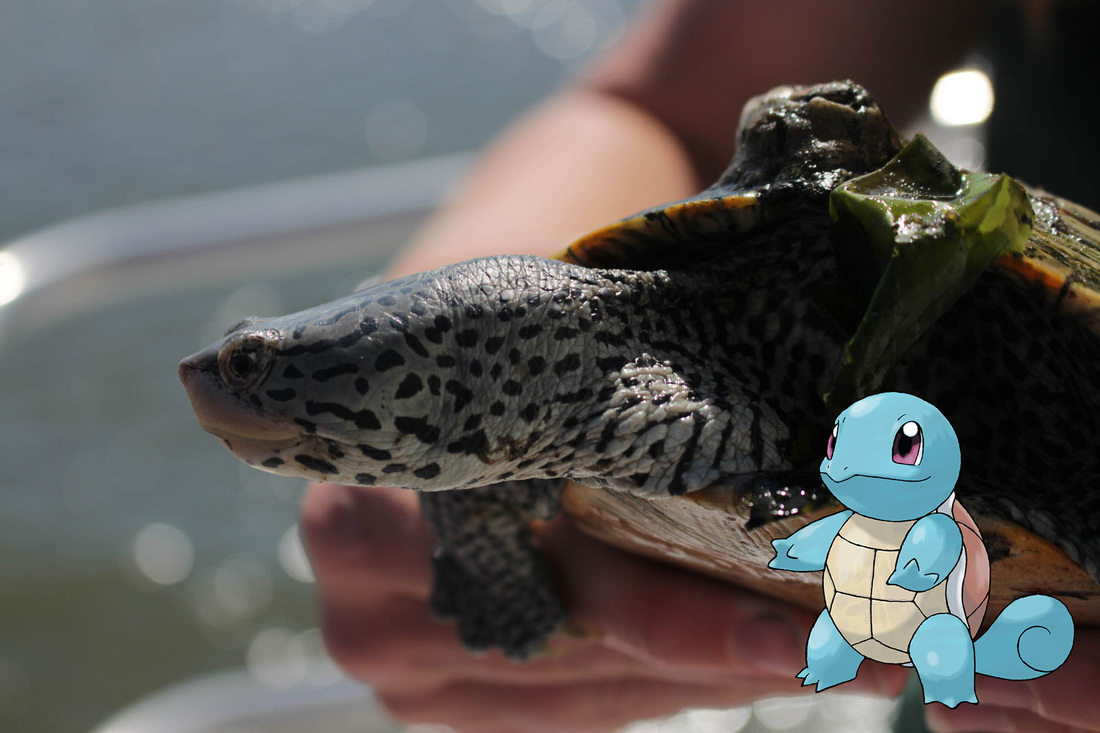
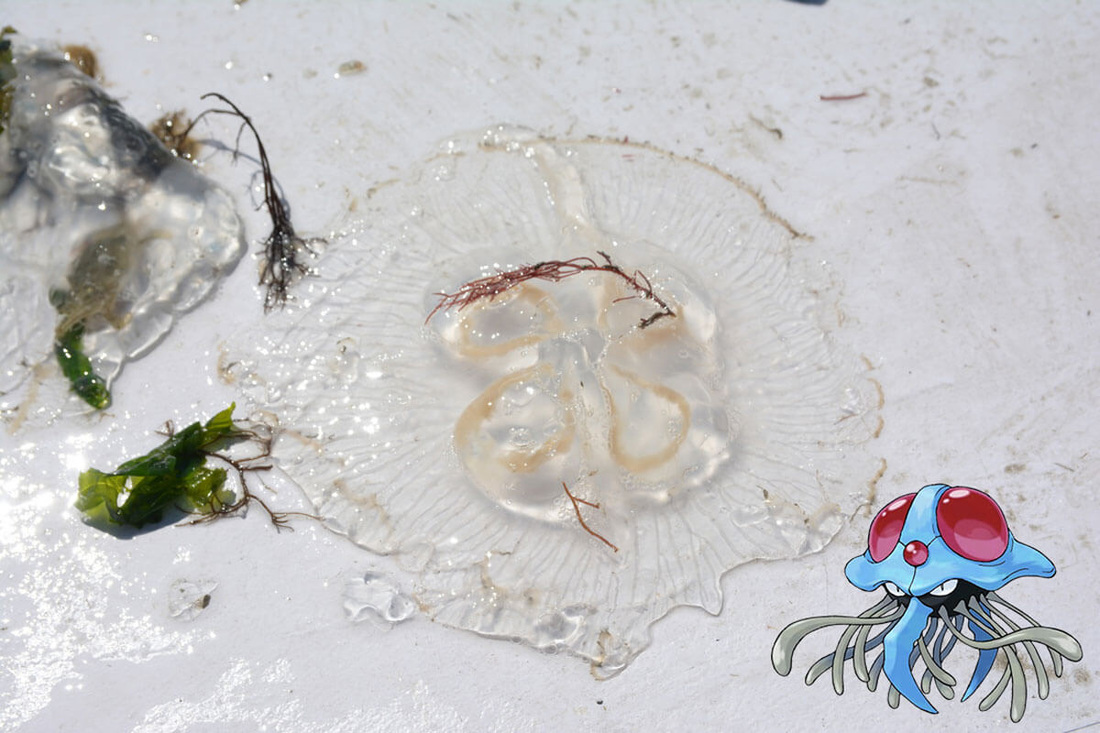
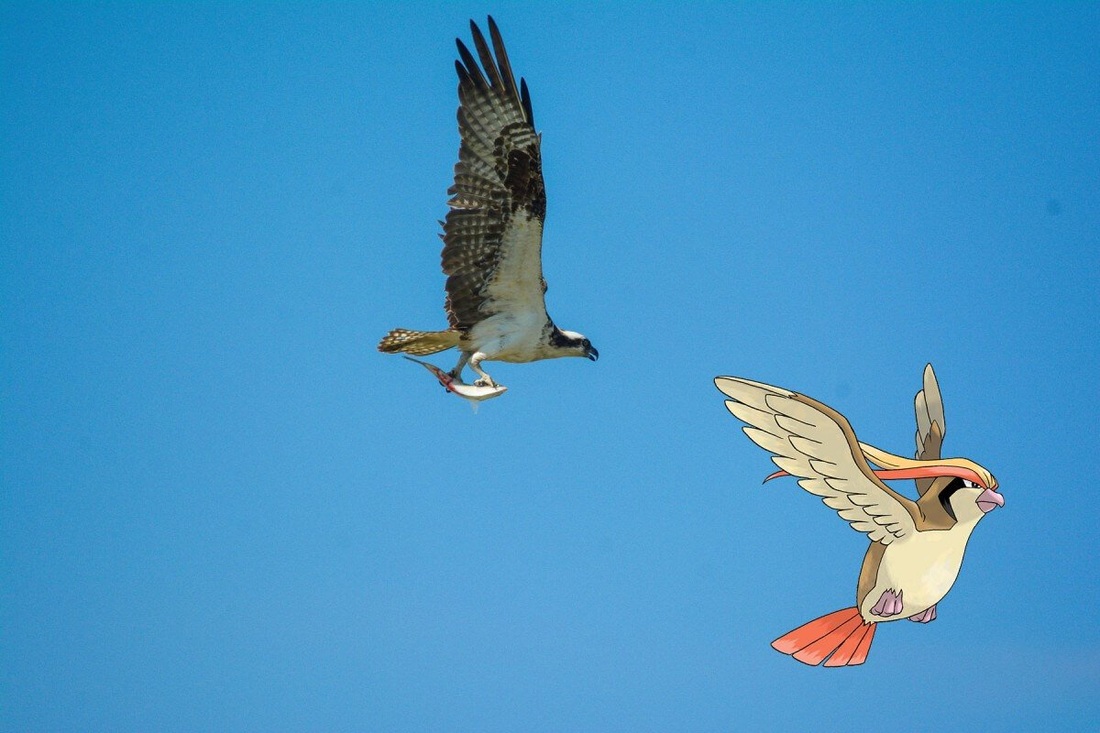
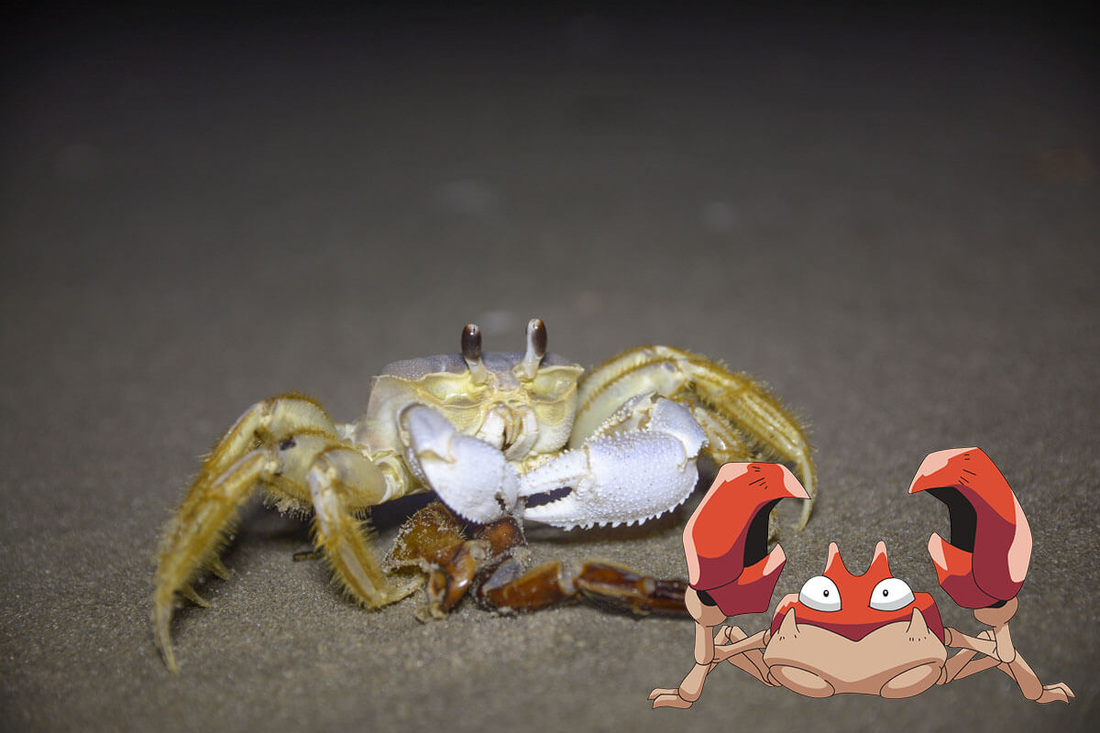
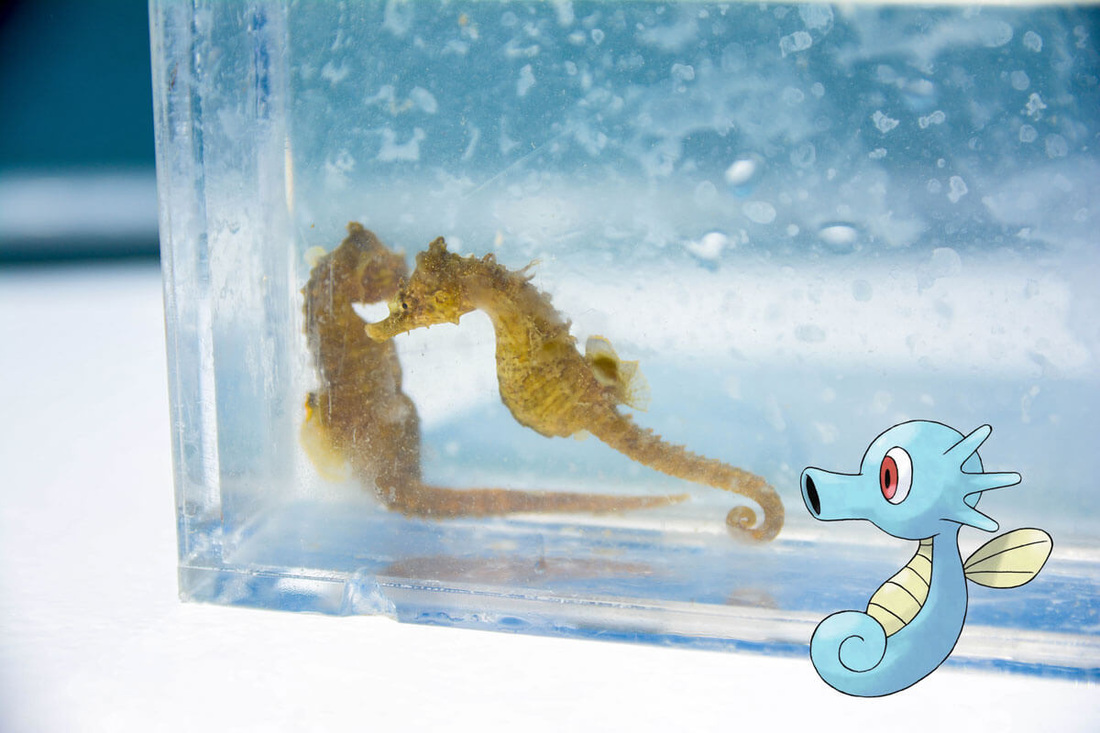
 RSS Feed
RSS Feed

